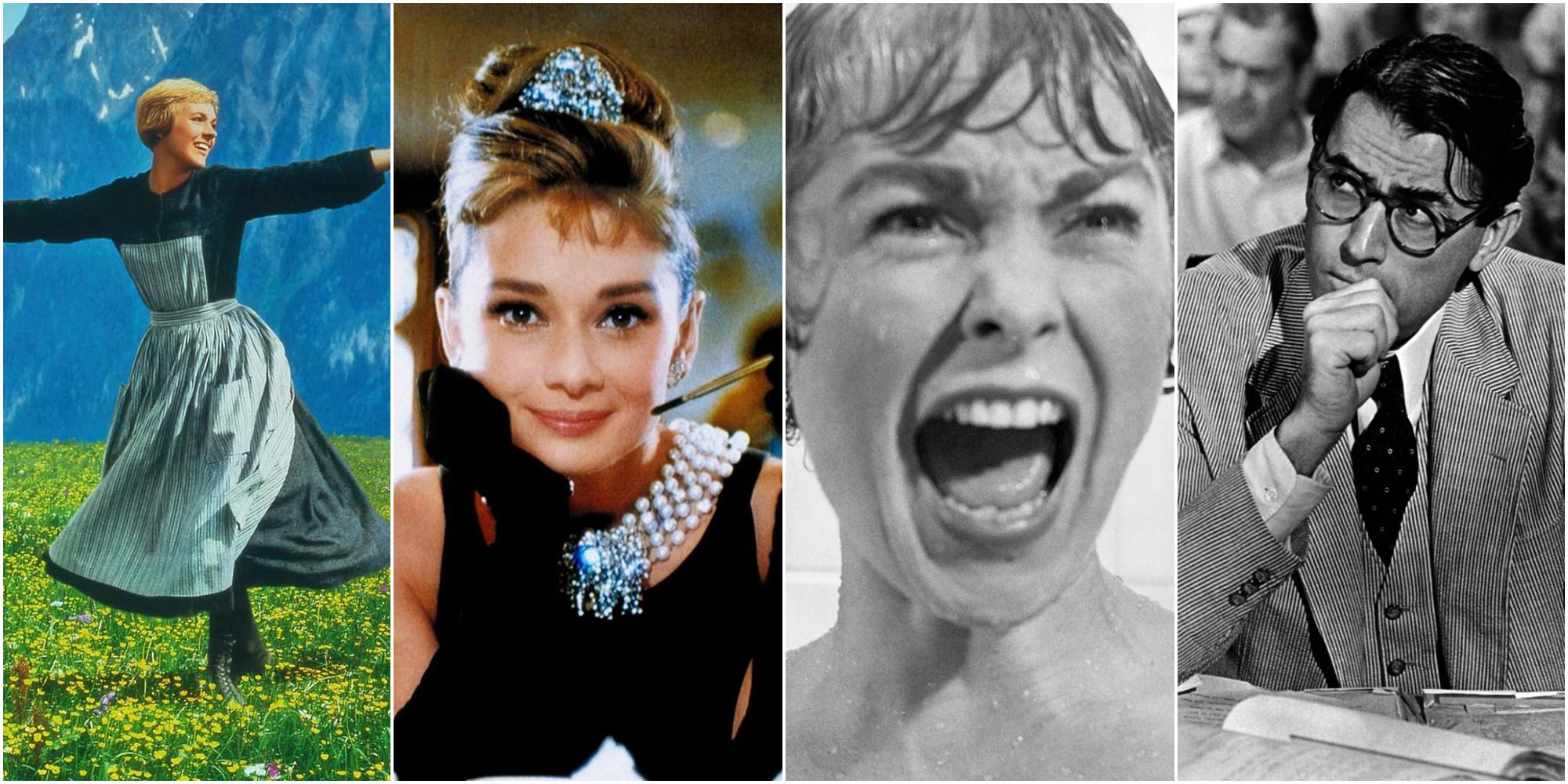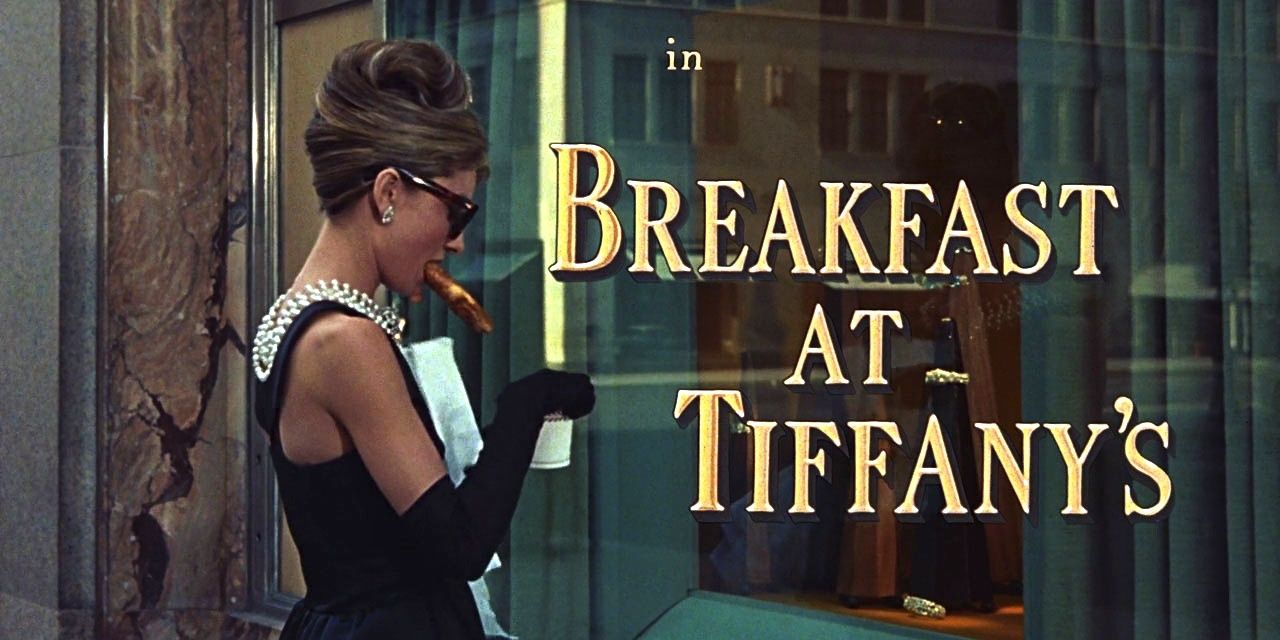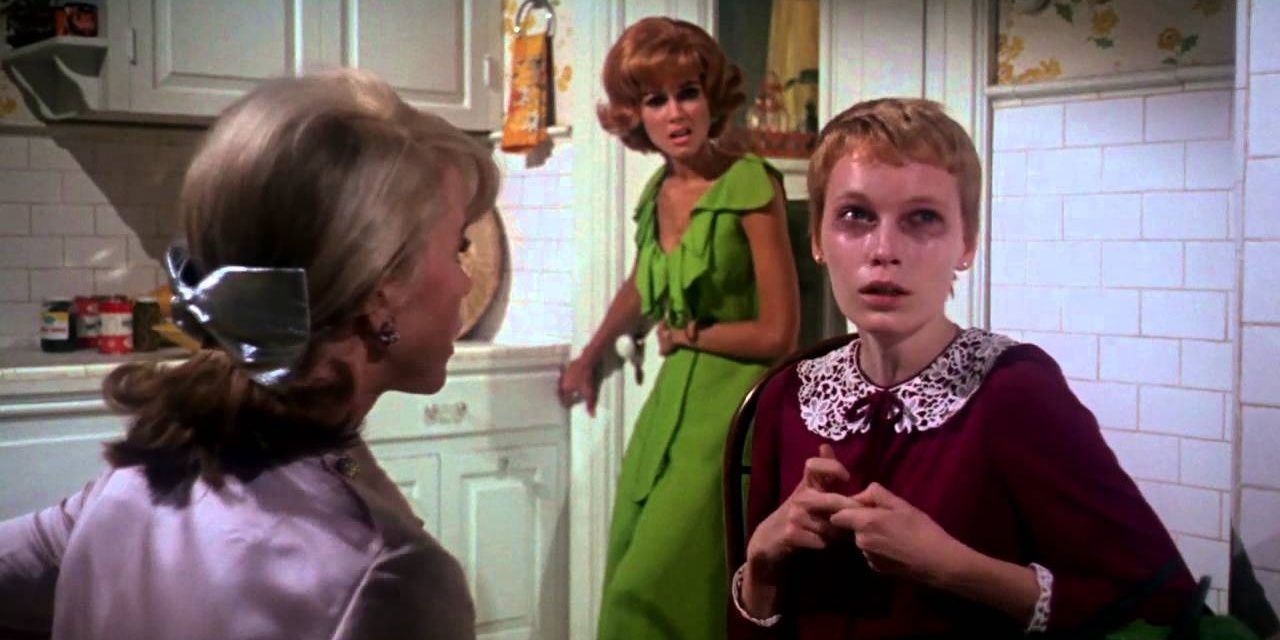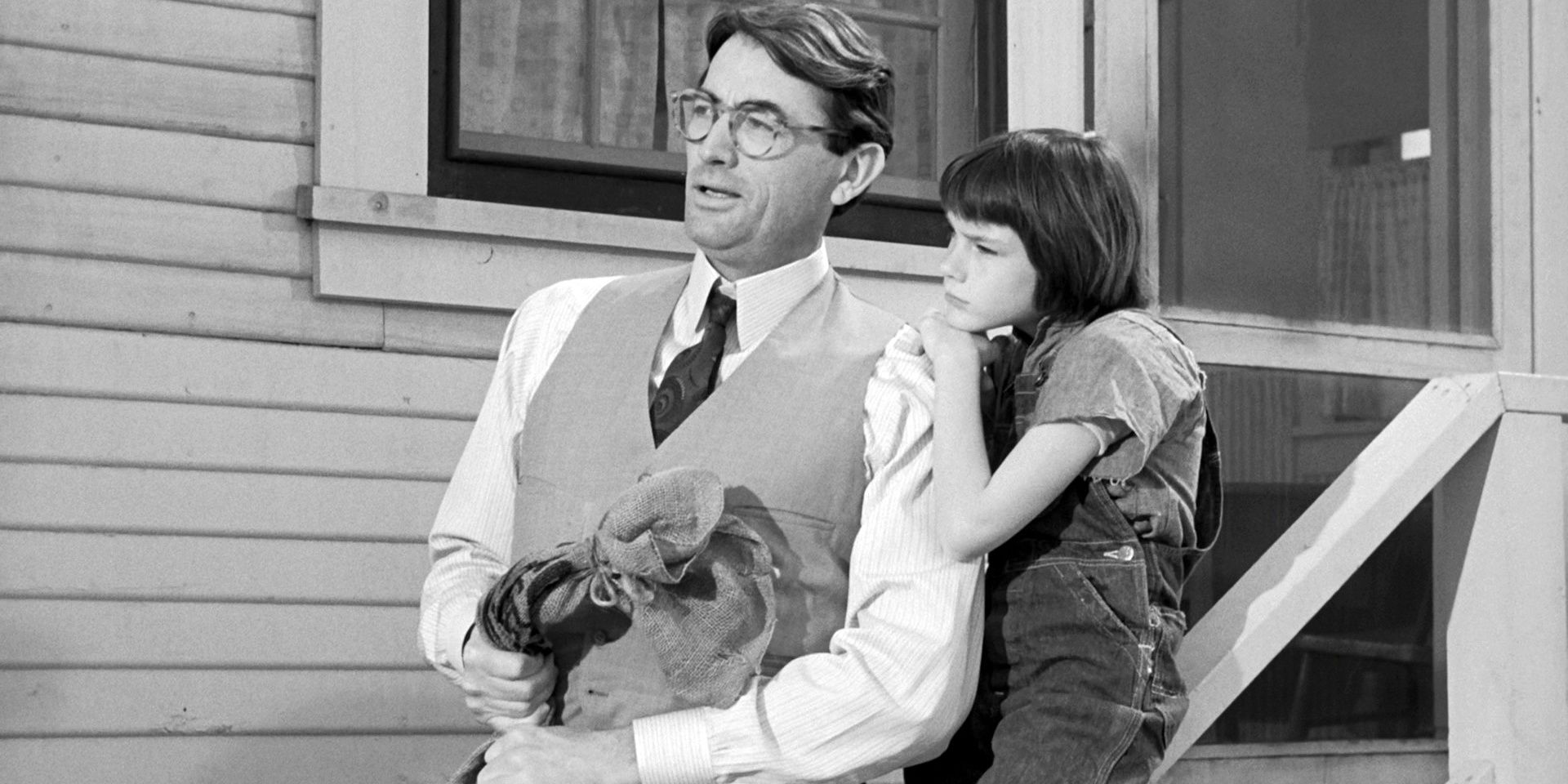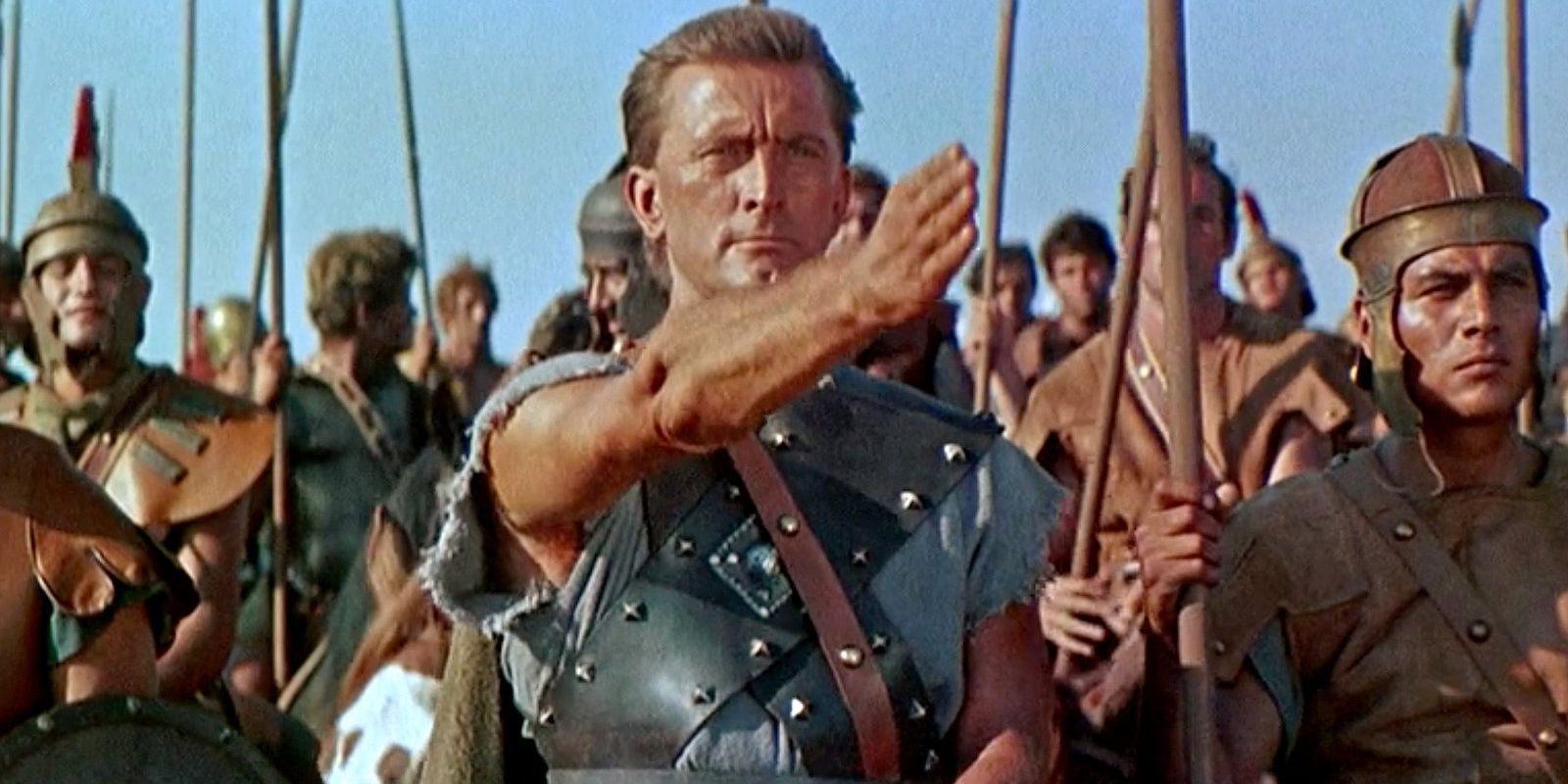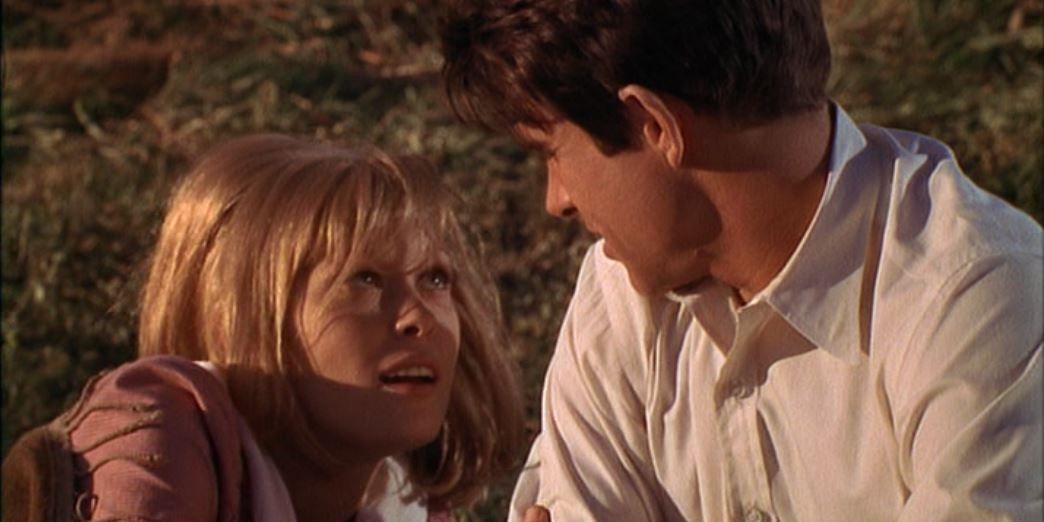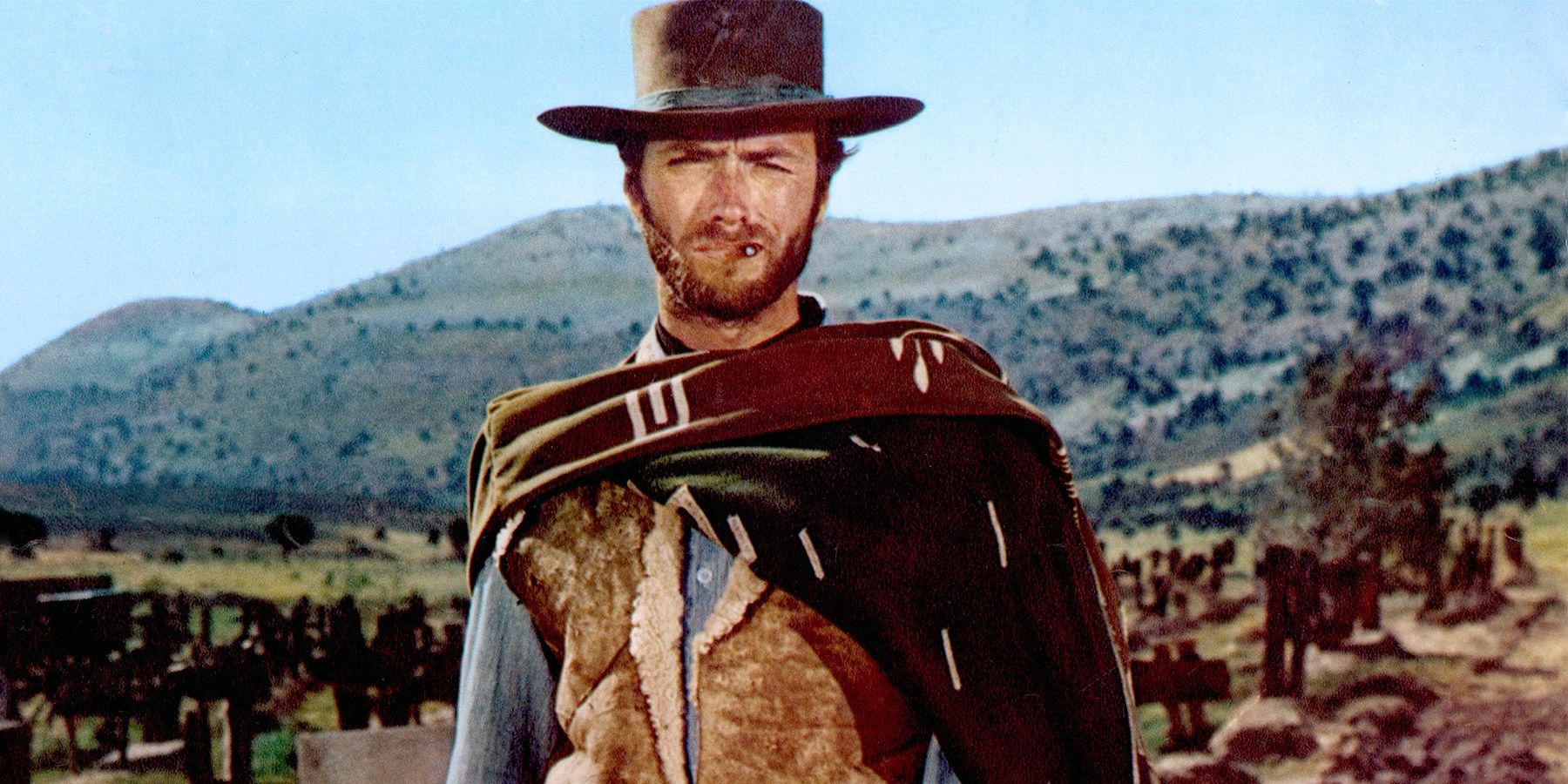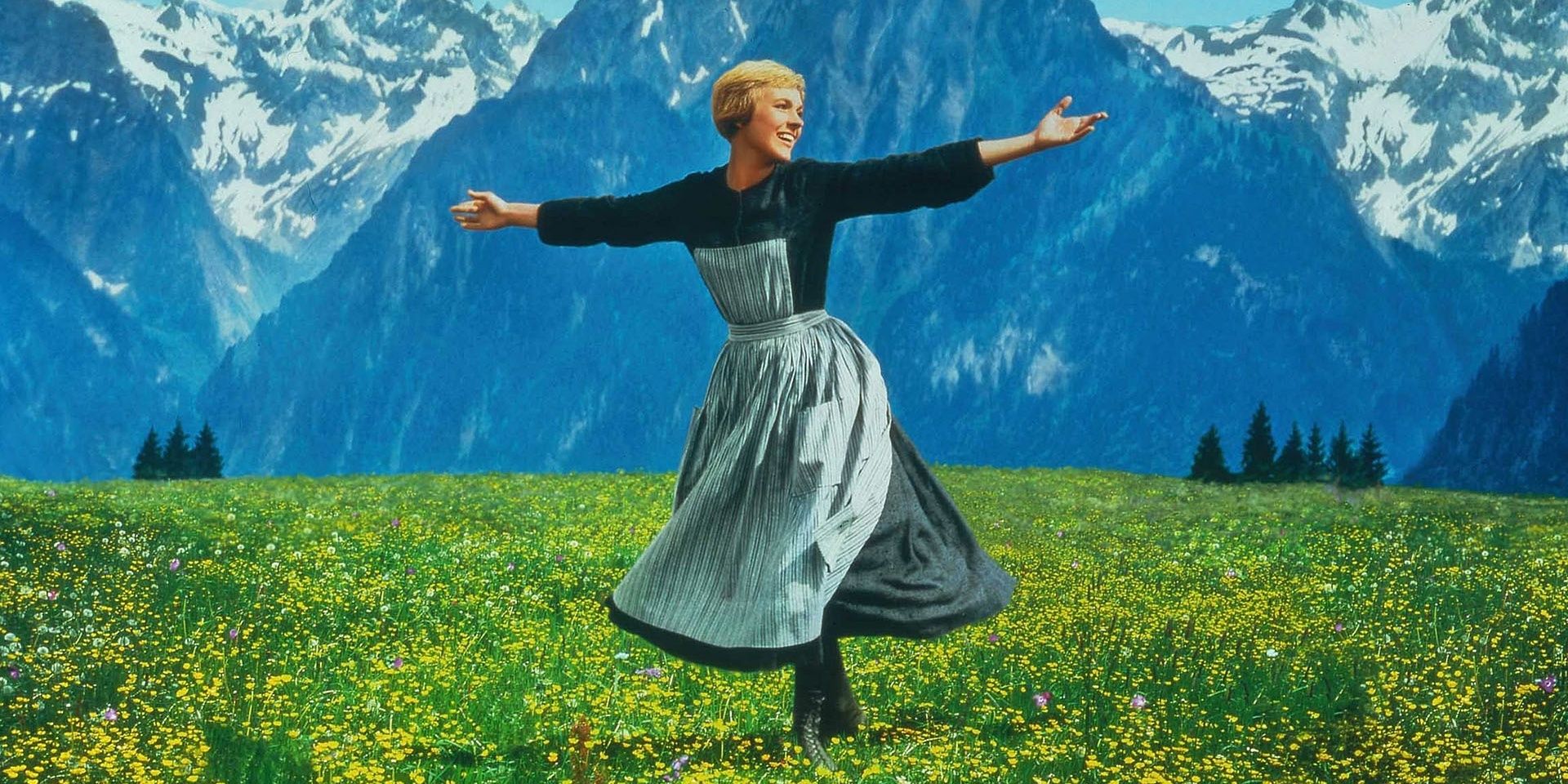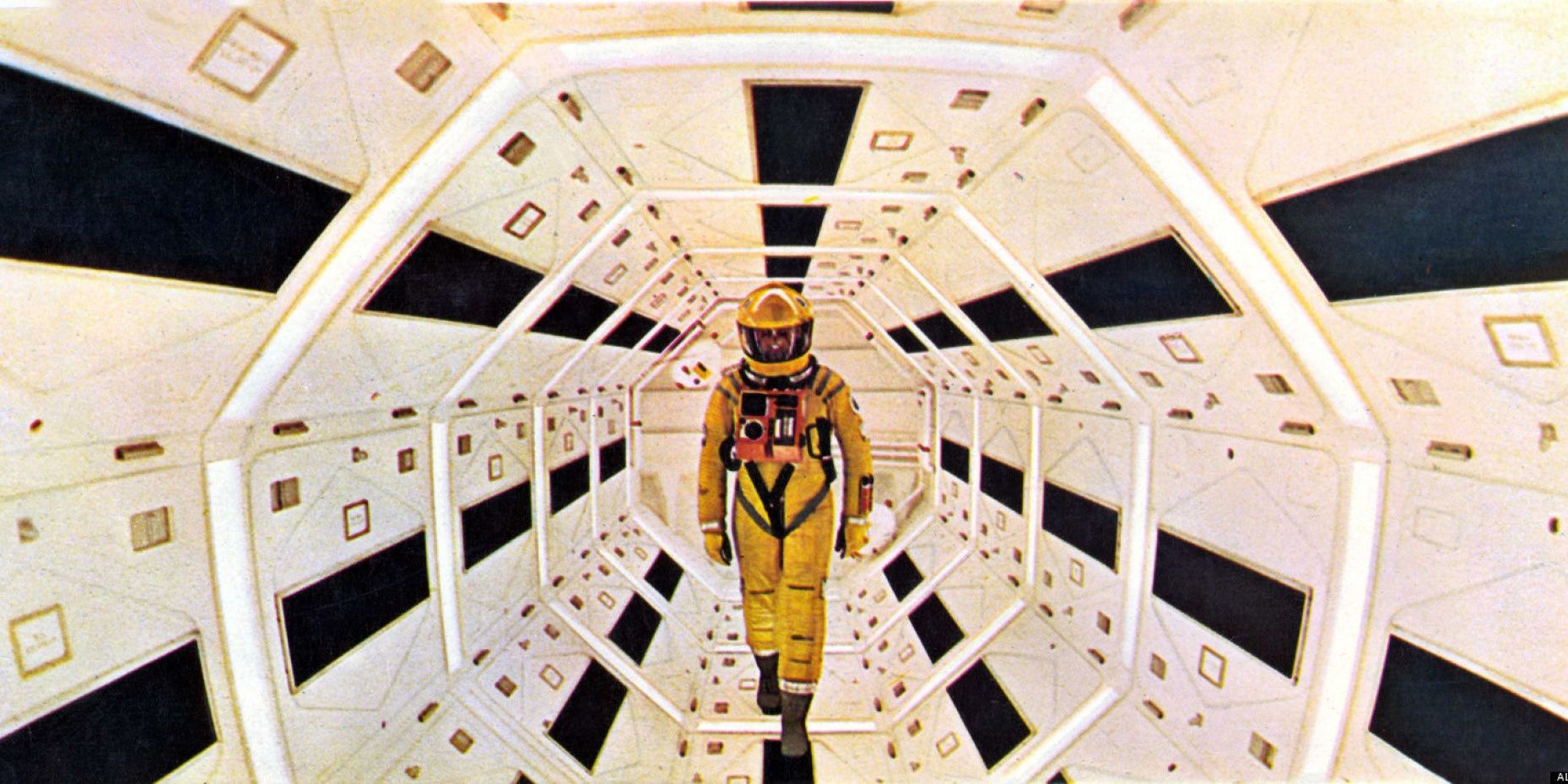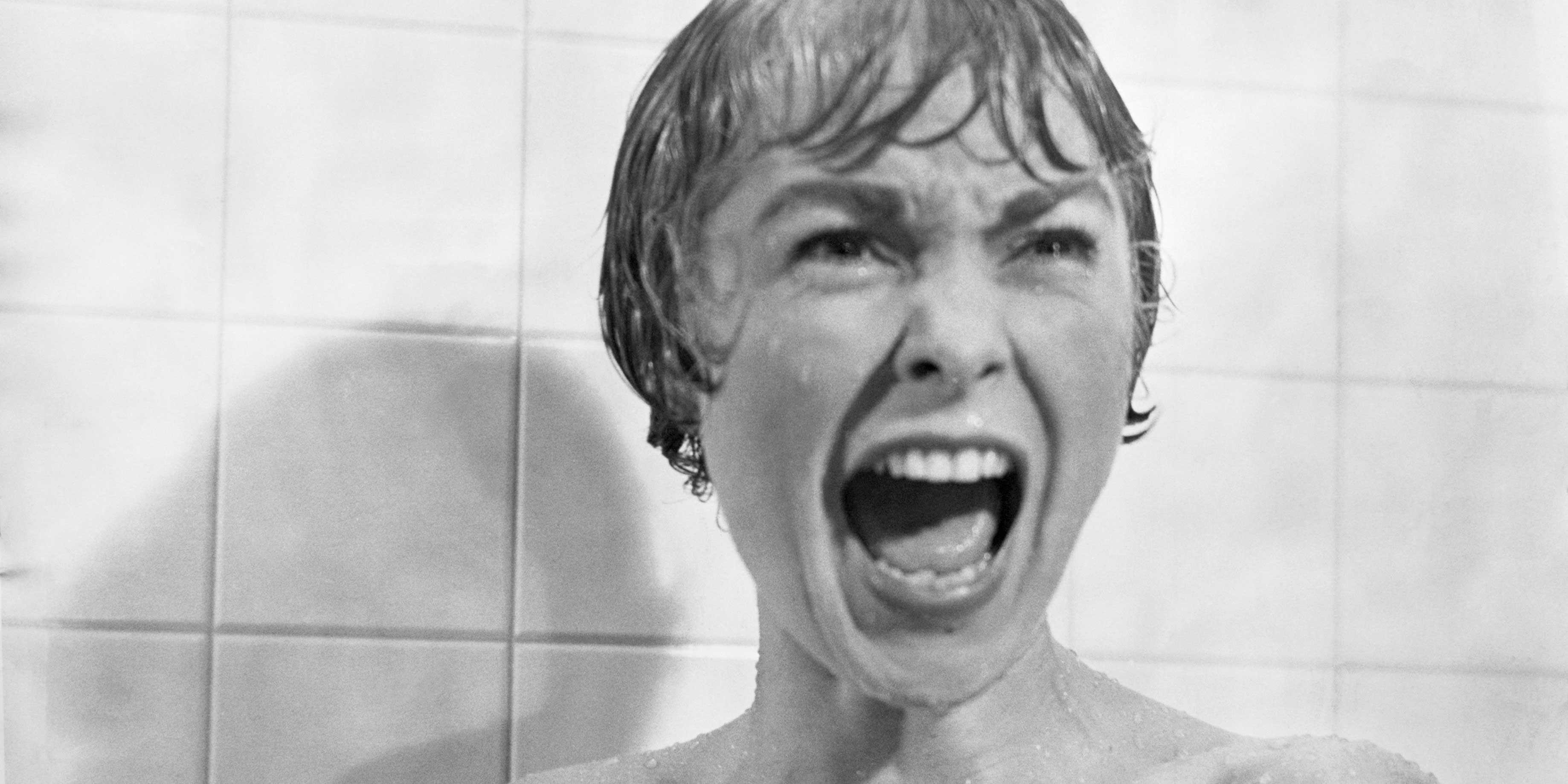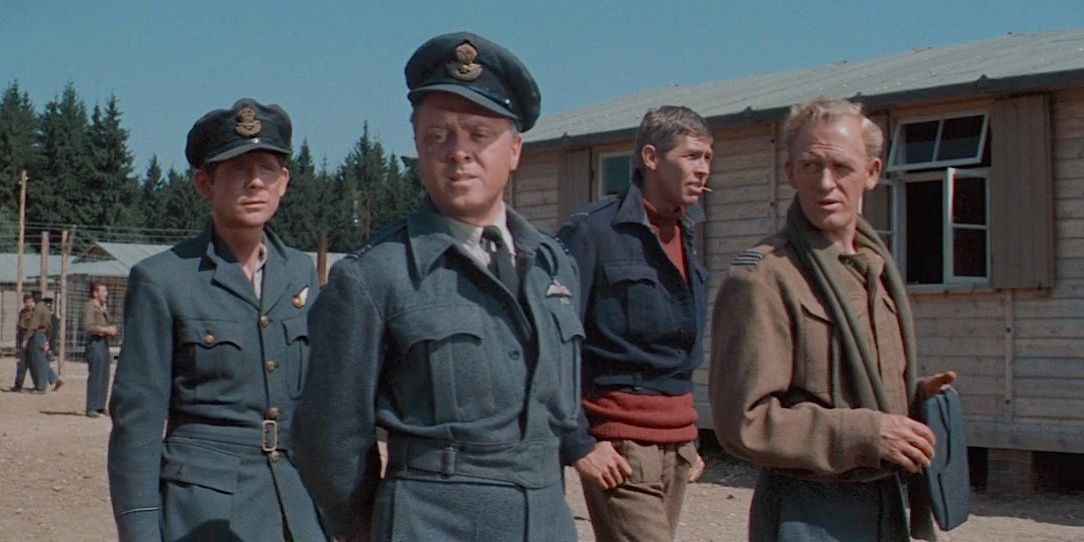The 1960s was an unforgettable decade in world cinema. In France, stars like Brigette Bardot saw rising fame in the West. Elsewhere, in Senegal, Ousmane Sembene continued to produce art in his decades-long career in political cinema. In other parts of Africa, former European colonies saw a rise in political cinema, eager to examine the continent destroyed and left behind by European colonialists.
Similarly, in Latin America, cinema was taking off too, as directors like Santiago Alvarez sought to define their own identity without Western influences. Further up north, in no other preceding decade had Hollywood made so many classic movies still widely esteemed and enjoyed today. Cinema of the thirties and forties had inspired a new generation of actors, writers, and directors eager to join the glam of Hollywood.
Breakfast At Tiffany's (1961)
A movie about "New York chic and fashionable femininity," Breakfast At Tiffany's iconography has become one of the most memorable visuals in Hollywood film history. From Audrey Hepburn's cigarette holder to her hats and gloves, the romantic comedy became one of the first films to glamorize New York as the cultural center of the United States. The movie was adopted from a Truman Capote novella of the same name, published three years earlier.
Directed by Blake Edwards, who directed many Pink Panther movies, Breakfast At Tiffany is also well-known for its Oscar-winning soundtrack, Moon River.
Rosemary's Baby (1968)
Directed by the controversial Roman Polanski, Rosemary's Baby is a psychological horror-thriller about a woman driven to near madness by a Devil-worshipping cult she cannot escape. In the end, she is forcibly impregnated by the Devil himself and gives birth to his offspring. The movie, starring Mia Farrow, is not just a movie of its time, but also a philosophical indictment on whether an artist's work can still be appreciated when the artist himself is far from a model citizen.
Rosemary's Baby gets into the mind of the audience, making viewers feel Rosemary's fear as she slowly succumbs to the will of the Devil. A cultural classic, it is not for the faint of heart, nonetheless.
To Kill A Mockingbird (1962)
One of the best courtroom movies ever made, To Kill A Mockingbird is the dramatization of the classic literary work of the same name. Written by Harper Lee, the novel was published two years before the movie. Its success quickly led to Universal Pictures producing a movie. Starring classic Hollywood actor, Gregory Peck, the movie won many awards, including The Golden Globe Awards for Best Actor In A Motion Picture - Drama and The Academy Awards for Best Screenplay - Based On Material From Another Medium.
Set in the deep South during The Great Depression, To Kill A Mockingbird deals with racism and the systemic oppression of the descendants of black slaves in the US at the time. Five years before the novel was published, Emmett Till was lynched in Mississippi by white men, in a plot similar to that of the movie.
Spartacus (1960)
Spurning the "I am Spartacus" parody, Spartacus was one of Stanley Kubrick's earlier works. Released in 1960, the movie was based on a 1951 novel by Howard Fast. The historical epic stars Kirk Douglas, Laurence Olivier, and Jean Simmons. Going by the same name as the novel, Spartacus is a retelling of the story of the slave, Spartacus, who led the War of Spartacus against the Roman Empire. A tragedy of sorts, the movie nonetheless ends with the freedom that Spartacus sought.
The screenplay was written by blacklisted writer, Dalton Trumbo, who also wrote the epic, Exodus. Douglas would be instrumental in removing the Trumbo from the blacklist of supposed Communist sympathizers.
Bonnie And Clyde (1967)
Although it ended in 1968, Bonnie And Clyde was significant in influencing the dissolution of the Hays Code. The Vietnam War had incited the Baby Boomer generation to rebel and revolt against the status quo. In essence, the movie was a cultural signifier of the new youth culture.
The movie was bold in its portrayal of sex scenes and violent scenes, although it still censored itself by fictionalizing Clyde's impotence. Although it glamorizes Bonnie and Clyde as victims and heroes of a capitalistic system during The Great Depression, it ultimately feels just a bit tootheless in that it could have gone further in terms of breaking boundaries.
The Good, The Bad And The Ugly (1966)
In a joint US-European production, The Good, The Bad And The Ugly is an epic Spaghetti Western movie directed by Italian director, Sergio Leone. It stars Clint Eastwood as the good, Lee Van Cleef as the bad, and Eli Wallach as the ugly. Spaghetti Westerns were, at the time, unpopular with the American public, but the movie has gained intense popularity over the years.
The trio is in search of confederate gold during the American Civil War. A tale of greed, the search of money ends in a standoff and in betrayal. It is famous for its Western cinematography and its score.
The Sound Of Music (1965)
A 20th Century Fox classic, The Sound Of Music is one of the most-recognized movies in the world. A simple tale of love and family, The Sound Of Music takes a dark turn when the von Trapp family has to flee Germany for neutral Switzerland just before the Second World War begins. The movie was based on the real-life story of the Trapp family from Austria.
Starring Julie Andrews and Christopher Plummer, the movie's musical score is incredibly popular, including "Do-Re-Mi," "Sixteen Going On Seventeen," "Edelweiss," "So Long, Farewell," "The Sound Of Music," and "My Favourite Things."
2001: A Space Odyssey (1968)
Another Stanley Kubrick epic movie, 2001: A Space Odyssey is considered one of the West's greatest movies of all time. The sci-fi movie deals with a human trip to Jupiter with HAL, a sentient computer with a human personality. The movie is a dark psychological and philosophical voyage into humanity and human progression. The movie also deals with the philosophy of transhumanism, and the negative possibilities of artificial intelligence and alien life for humans. The movie's music and visuals are highly regarded as perfect cinematic form.
Psycho (1960)
Featuring Hitchcock's most popularized and satirized movie scene, Psycho is also his most popular movie. Like many classics of the 1960s and preceding decades, the movie is based on a novel of the same name by Robert Bloch. The psychological horror-thriller follows antagonist Norman Bates, who suffers under a controlling mother and, as a result, suffers a mental breakdown. Similar to Bonnie And Clyde, the movie set the tone for the '60s as more accepting of controversial issues like sex and violence.
The Great Escape (1963)
The 1960s was the decade notorious for epic historical movies. Based on a non-fiction book of the same name, The Great Escape follows British and American prisoners of war escaping from a German POW camp in what is now Poland.
The famous motorcycle stunt in the movie was an Americanized addition—indeed, the movie exemplifies the Americanization of movies that were to follow in decades to come. For example, studio executives attempted to add a "Miss Prison Camp" beauty pageant to "sex up" a movie about prisoners of war.

